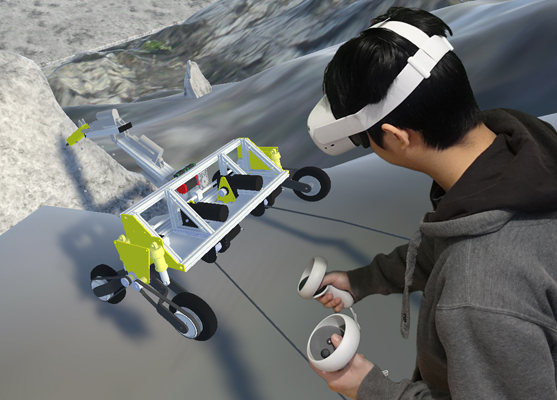Ausdrill collaboration makes safer rock scaling a virtual reality
The application of robotics and virtual reality technology to the mining industry is taking another step forward under a research collaboration between Perenti subsidiary Ausdrill, the University of Technology Sydney (UTS) and the Innovative Manufacturing CRC (IMCRC).
The three organisations have committed to developing a new system to make rock scaling operations safer. Dubbed Project HALO (High Access Localised Operations), the robotic system with high-level autonomous control will create a safer way to conduct rock scaling operations using virtual reality (VR).
Rock scaling is the process of “cleaning” a rock surface that has been blasted, ahead of mining. The purpose of rock scaling is to remove any loose or unstable rocks from a blasted surface that could fall and potentially injure people working in the area or damage equipment.
The process has traditionally been done by manual means – by specialised teams who abseil along a rock surface to clear away loose rock. The introduction of robotics will have multiple safety benefits.
The $460,000 project, jointly funded by Ausdrill and IMCRC, will create the next evolution of a HALO platform developed by Ausdrill and UTS in 2020. The project team, led by Dr Gavin Paul at UTS, will integrate a robotic arm that is suitable for performing rock scaling in a range of mining environments, and add a control system capable of translating human motion and commands into corresponding robotic actions. The project will also explore VR interfaces and devices to connect the HALO platform to an operator.

